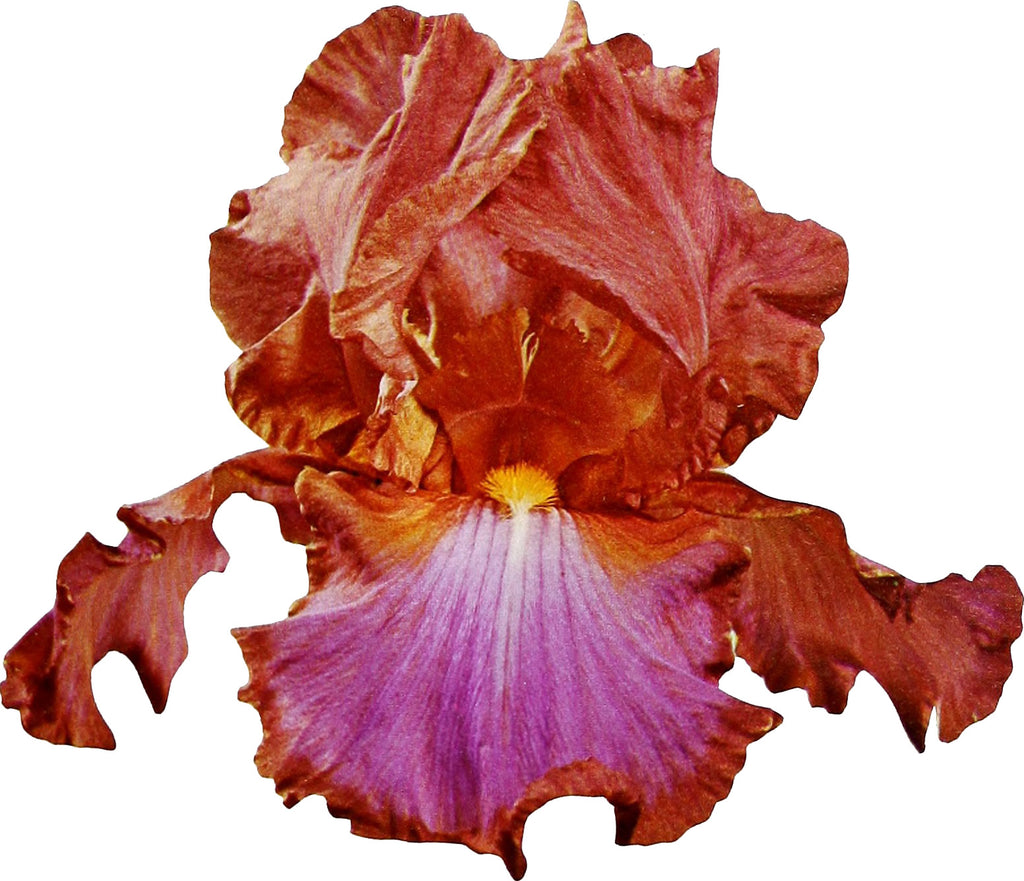
Guru Jagat casually mentioned Drala one day. The sound of the word and idea of it struck me. It inspired me but I didn't quite understand it. So I googled it.
And this opened a whole world to me and made me understand my vision for Starwater Yoga even more clearly.
I'll quote my choicest findings here, instead of trying to paraphrase and risk losing some of the richness ~
"Drala is the elemental presence of the world that is available to us through sense perceptions. When we open to trees, flowers, a creek or clouds we encounter an actual wisdom, though one that is not separate from our own. Beholding a river is much more than merely looking at a river; potentially, we are meeting the dralas.
In the drala teachings, each of the senses is considered an “unlimited field of perception” in which there are sights, sounds and feelings “we have never experienced before” – no one has ever experienced! Each sense moment, if we are present for it, is a gate into the elemental wisdom of the world. "
"There are moments in our lives when the most insignificant things remind us of reality’s extravagant nature. We can walk and feel a gust of wind, for example, as it goes through the leaves of a tree; in that magical moment, the product of the simplest event, we remain enchanted (as if under a spell). We understand it as if it were something that lies in the tree, the wind and ourselves, everything at the same time. These simple and witch-like events are known as “Dralas” within the Tibetan tradition of Shambhala. "
Shambhala is the coemergence of spiritual and temporal—uncovering sacredness within daily life. Without a temporal manifestation in a real world, it is not Shambhala, but rather, theory or myth. The Vidyadhara’s design work embodies sacredness in and through the physical realm, converting it.
The Vidyadhara was also not just making stuff: he was creating a world. He once said that enlightened society is an environment that nurtures the waking state of mind of the student warrior. If you can capture the perception of awake mind in physical space, physical places and spaces can hold and carry transmission and ignite awakening. He was embodying such a pervasive environment, where sacredness has no gaps. We call this pervasive container Shambhala Culture. Culture is the most important upaya, or method in the Shambhala approach, because it brings transformation on a large scale, uplifting or degrading an entire people. The Vidyadhara’s ultimate design was a cohesive, transforming, revolutionary culture built on the foundation of intrinsic goodness, arising from the meditative state. He called the spiritual power of innate goodness drala. The Shambhalian culture he was creating was a drala culture, imbued with spiritual presence, illuminating a path.
If these quotes resonated with you, I highly recommend clicking on the authors name and giving them a read, especially that last one ~
In gratitude and Sa Ta Na Ma ,
Jamila













